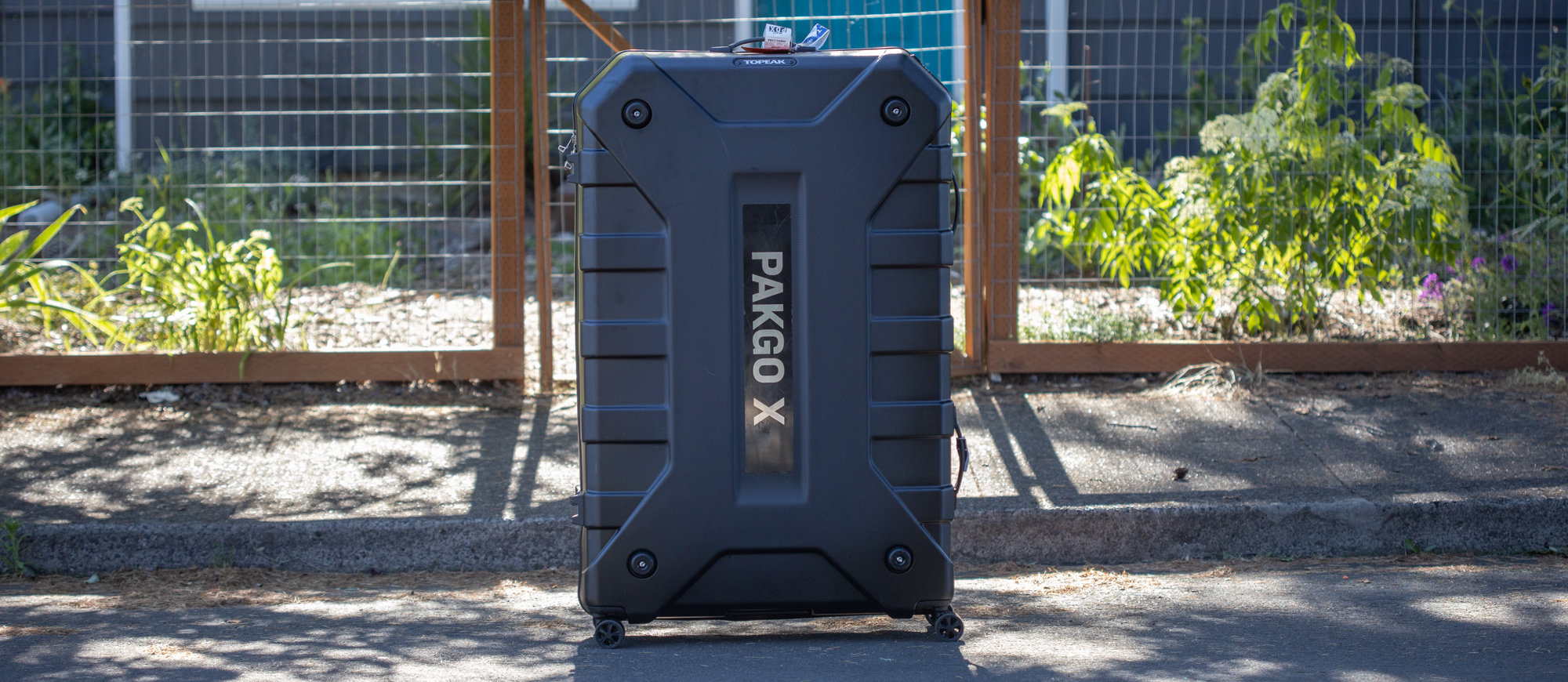Cyclingnews Verdict
Topeak has been thoughtful about creating a system to account for everything and make it easy to pack your bike even when you don’t do it often. The Topeak PakGo X is an investment but in return you get an easy to manage system with great protection.
Pros
- +
Hard Case exterior prevents crushing
- +
Each piece of the protective system has a label and number
- +
Top-quality wheels
- +
Stand system holds the frame during disassembly
Cons
- -
Very little useable storage space
- -
Case is heavy, eating into total weight before extra fees
- -
Wheels have to be arranged just right or they bulge the case
You can trust Cyclingnews
At some point we all begin to crave new riding pastures when the same old home roads and trails start to feel a bit stale. For some, a car is sufficient to break new ground, but for those of us who want to travel further afield, be it domestically if you're in the States, or overseas for those of us in Europe, air travel may become a necessity, and with it the danger of baggage handlers and oversize luggage fees. That's where bike boxes come in.
The Topeak PakGo X is a premium hard case that resembles a giant rolling suitcase. It's one of the options we've got listed in our list of the best bike travel cases, and now we are ready to dive a little deeper into what it's like to use. We've handed it off to multiple airlines and our bike has lived to tell the tale. Keep reading to hear all the details and design features of this premium offering and see if it might be right for your next cycling adventure.
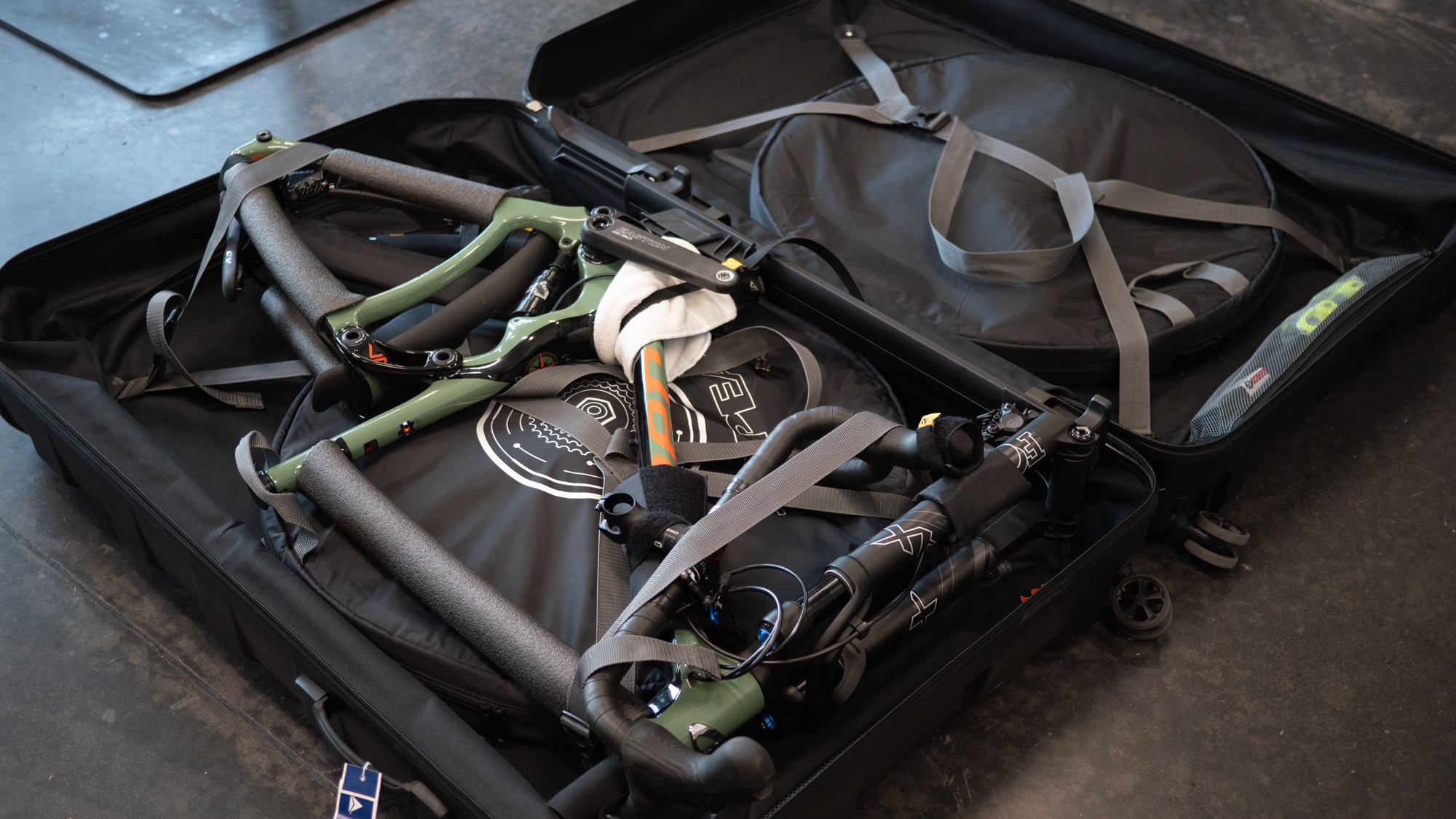
Design and aesthetics
The outside of the Topeak PakGo X looks almost exactly like a standard rolling hard-case luggage, just super-sized. The skin of the bag uses Makrolon Polycarbonate which is another name for Lexan, or hard plastic to you and me. Typically, you'd find it used in clear applications, but that's not always the case. The best comparison would be the large water bottles used in office water towers. It's the same material and the bag has a similar feeling when pushed on.
It's exceptionally stiff depending on the design but there's also a bit of give depending on the thickness and support structure. If you think of those water bottles, you'll recall that they have a series of ribs across the body. The PakGo X uses five ribs for the same reason; to add some structural rigidity, along with a large 'X' on each side.
At each corner of the bag, centred in the outstretched arms of the X, is a rubber bumper. When closed, the bumpers help support the weight of the case against the floor, and in case an airline decides to stack the case.
As you look around the case, there are a number of smaller design details that also contribute to the look of the bag. In use, the Topeak Pakgo X stands upright atop four 60mm wheels. Each wheel is multi-directional and designed for upright use rather than asking that the user pull the bag using one of the three handles. You'll also notice a TSA approved combo zipper lock and on one side is a metal "Topeak" tag while the other side has a name tag. The name tag sits under clear plastic secured by hex bolts.
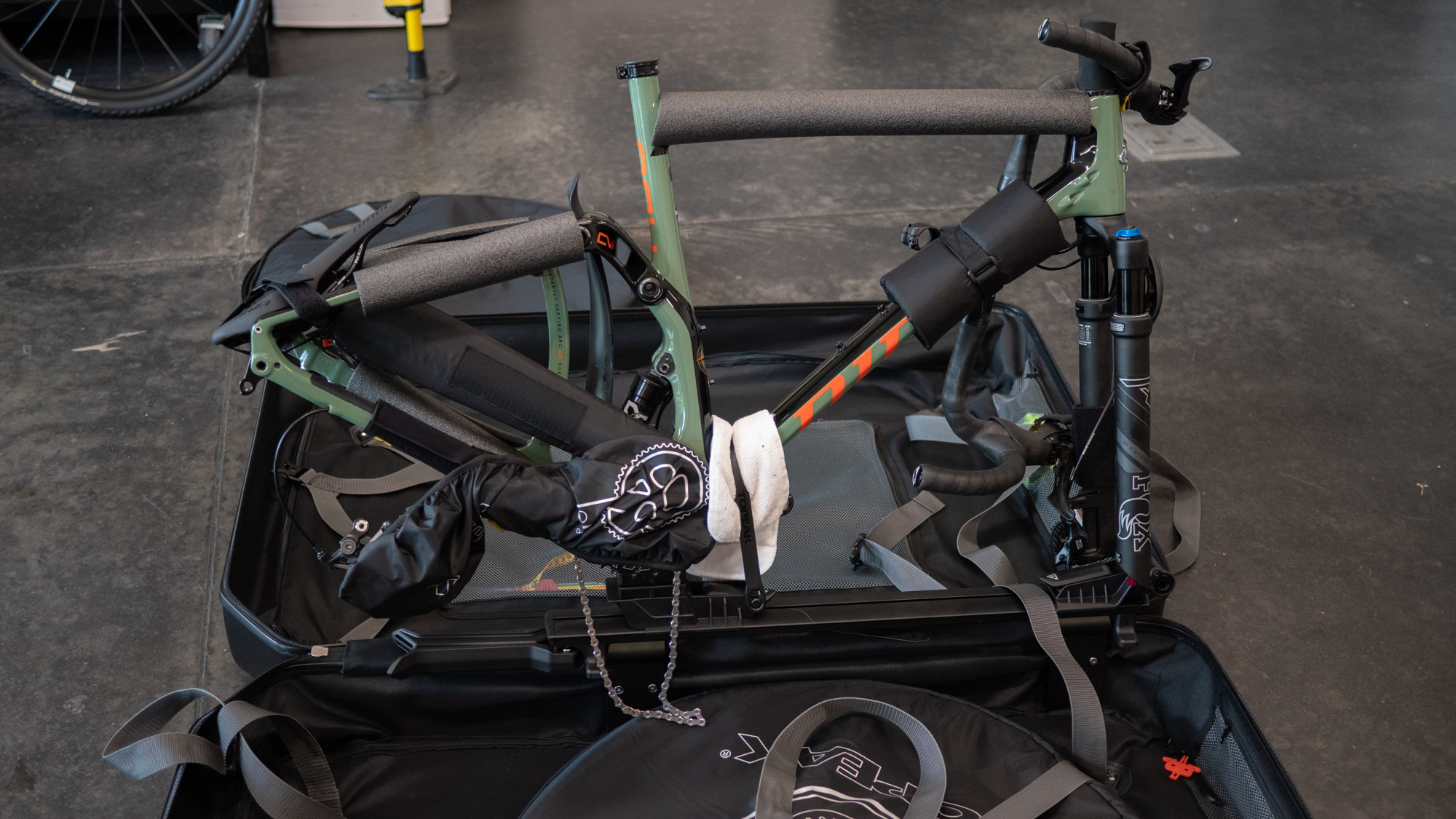
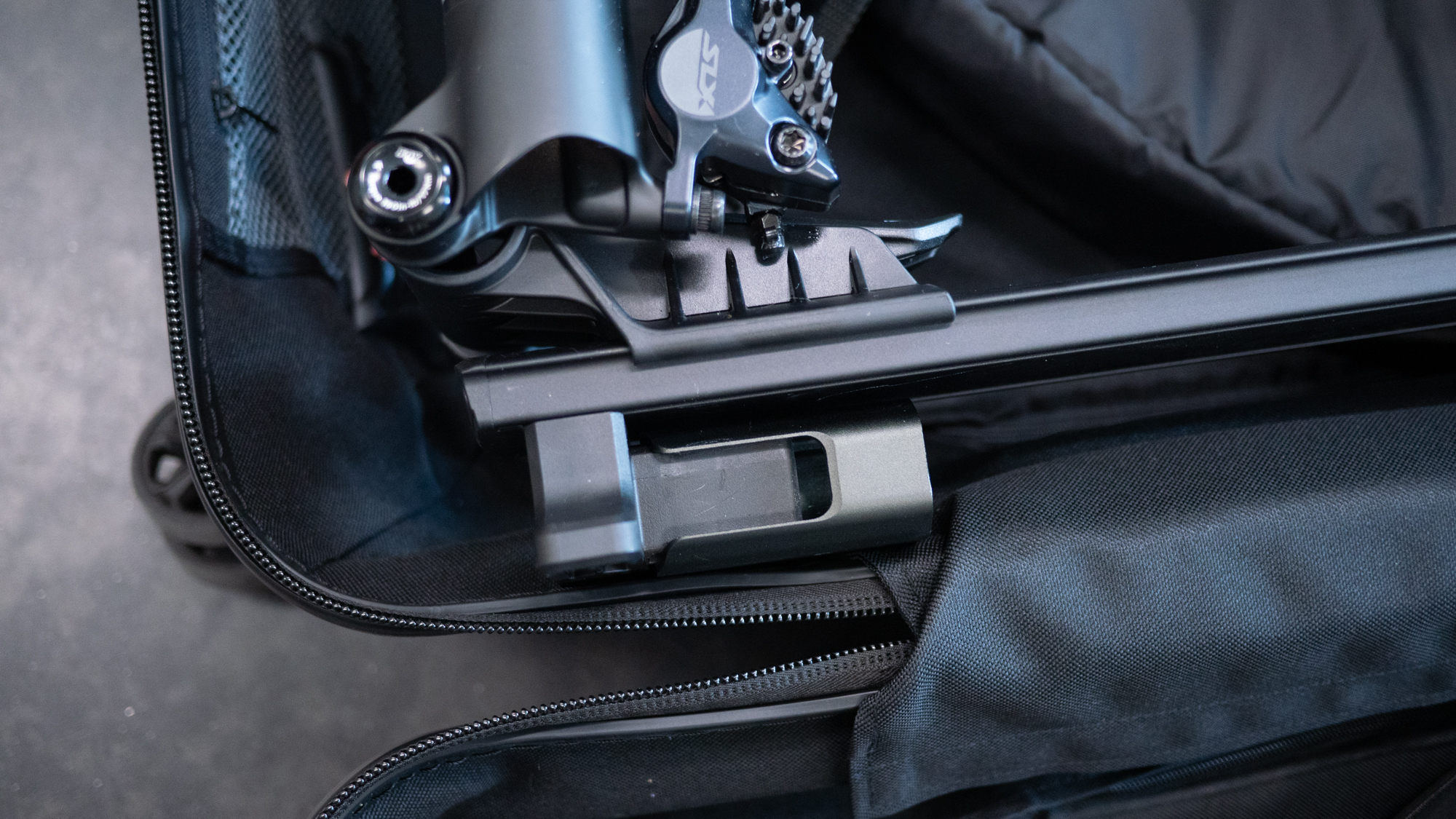
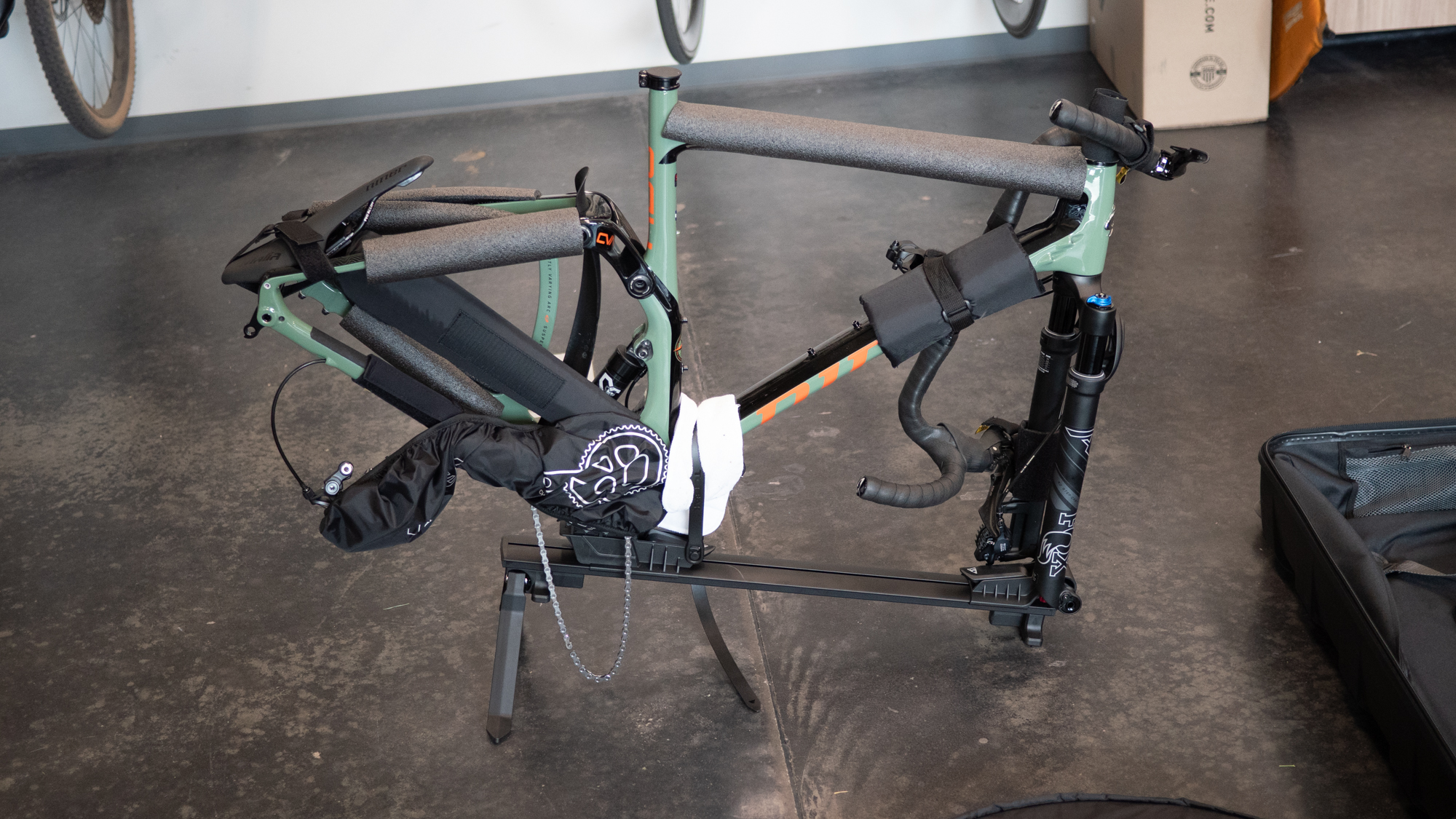
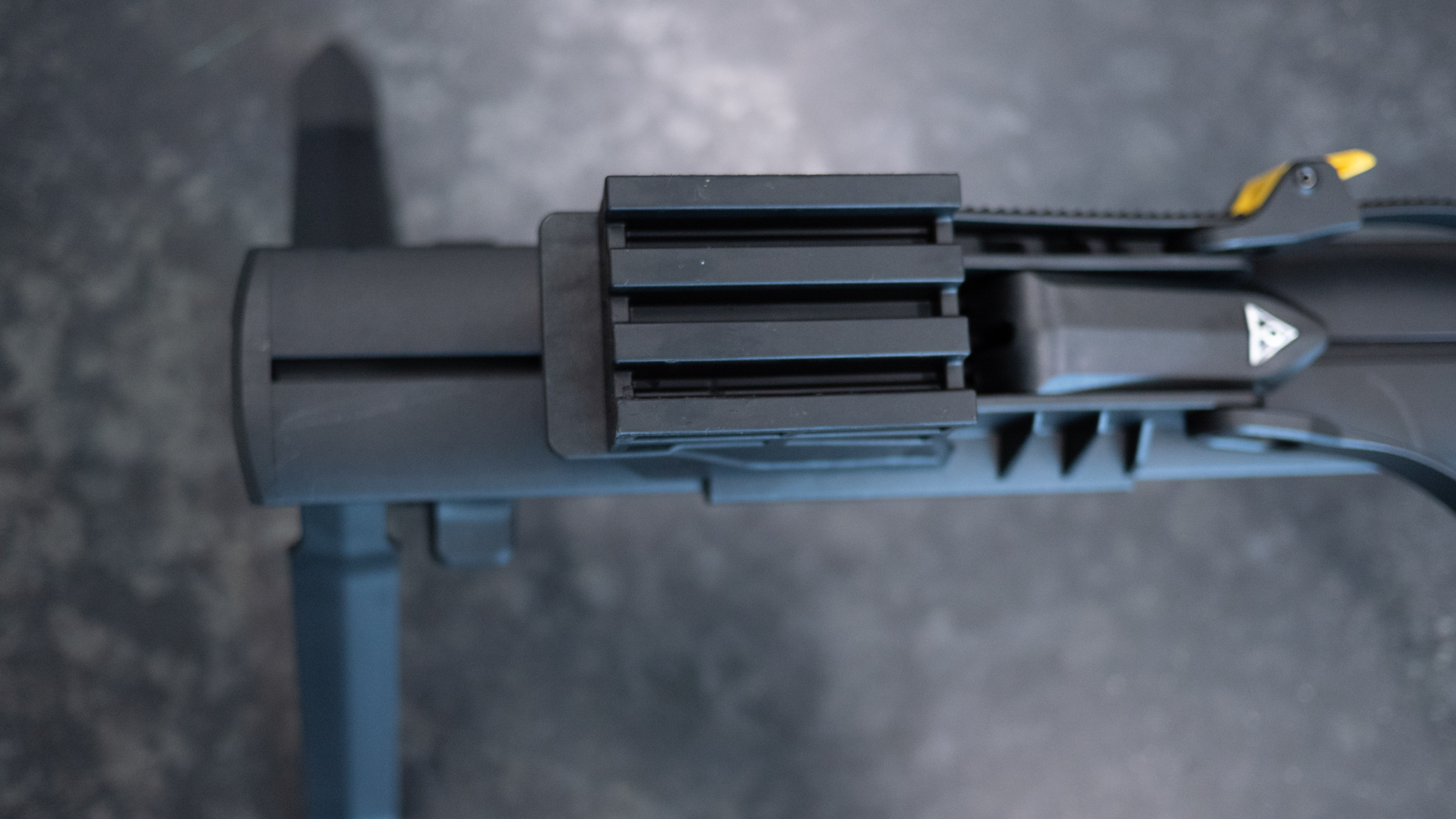
Packing a bike
The large tooth zipper sits in the middle and splits the case open on three sides. Once opened, you'll find a work stand attached to the centre spine. Start by moving this piece forward to release it from the rest of the case. In the rear are a pair of folded support stands that, once opened, allow the work stand to balance on the floor. At the front is a fork mount with adapters for a quick release axle as well as a 12x100 thru axle. At the rear is a rubber block to support the bottom bracket.
With the work stand on the floor, remove the wheels from your bike and attach the fork to the front adapter. Then place the bottom bracket on the support. There's a ratchet strap that threads through the frame and tightens against the area above the bottom bracket. With the fork mounted and the bottom bracket securely strapped to the support block you now have a stable bike.
The next job will be to tackle the handle bars. Loosen the stem and remove the top cap before pulling the handle bars and stem loose from the bike. There's a spacer that attaches to the fork steerer tube and you can loosely install the top cap again keeping all of the pieces safe and secure. From there you'll want to grab the three related pads. Each of these pieces has a label that clearly states the use and a number associated with it.
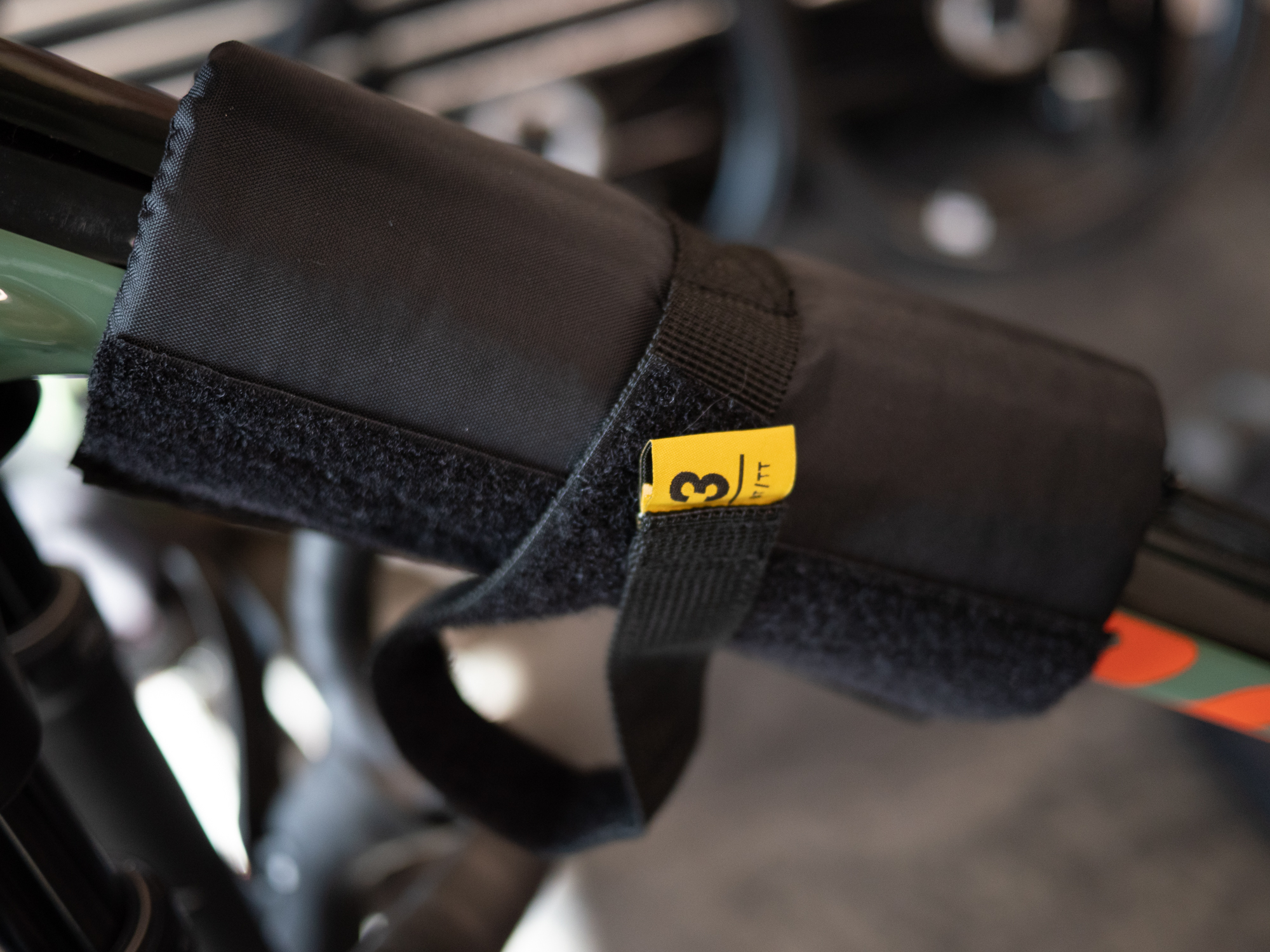
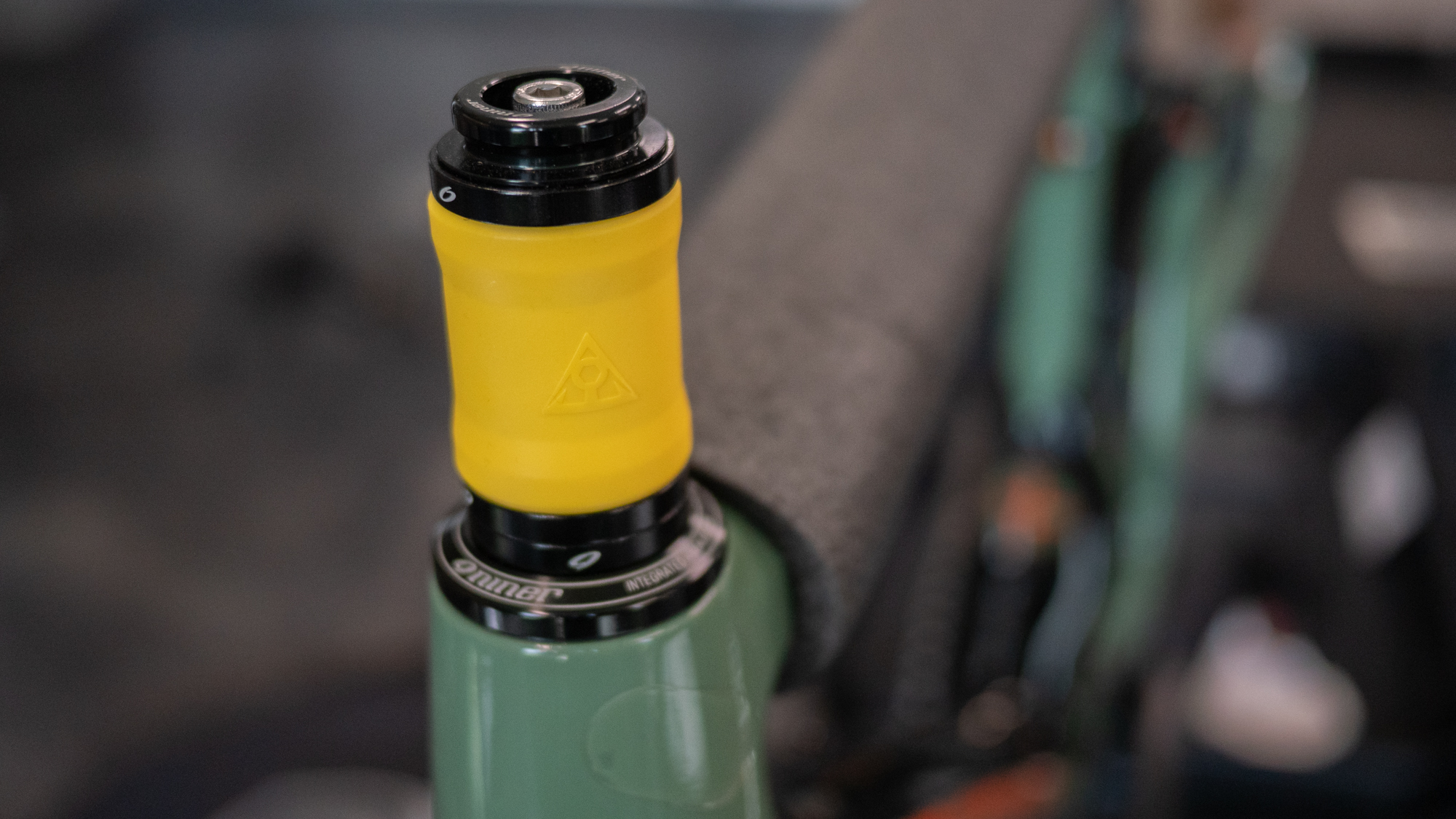
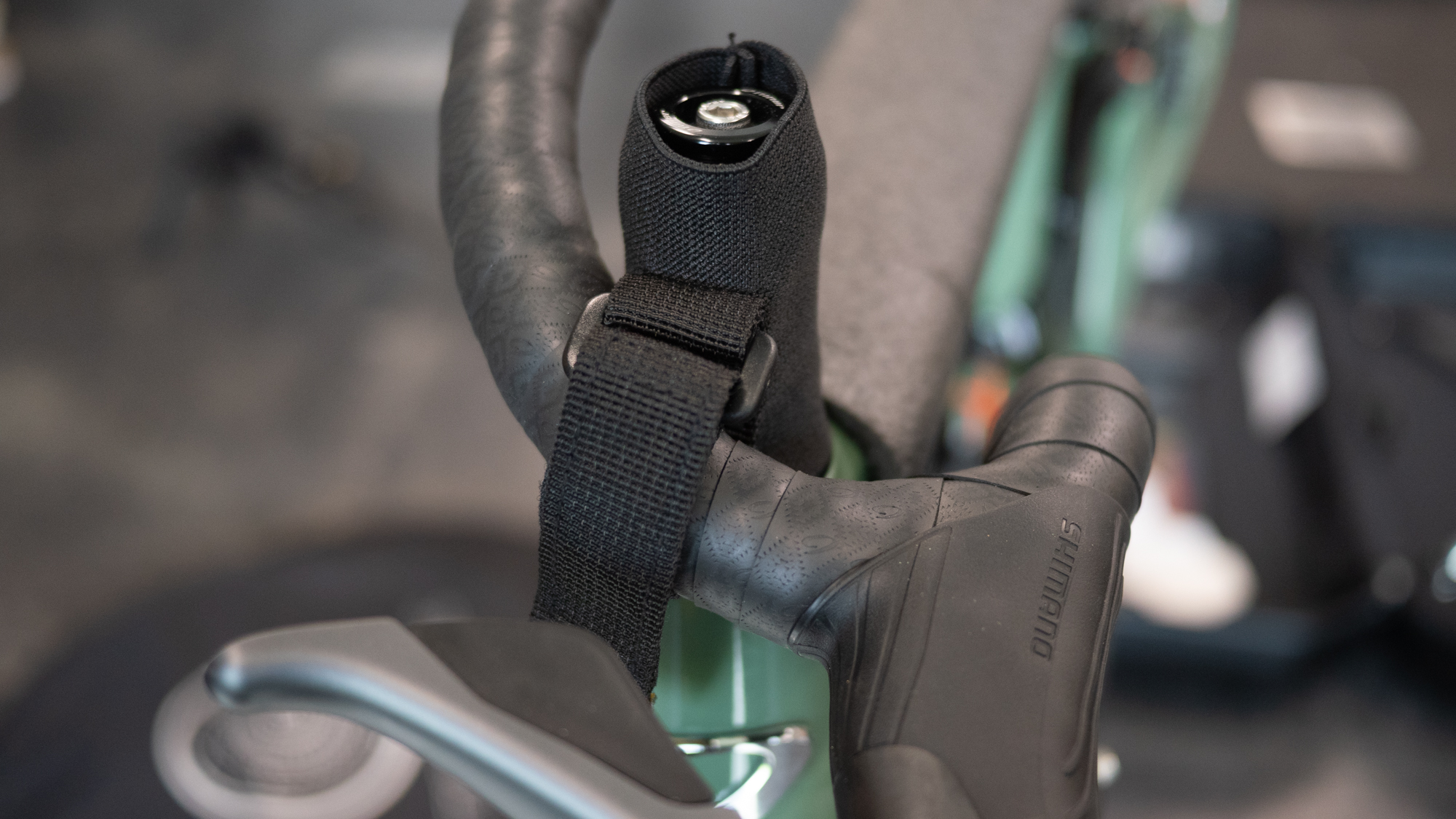
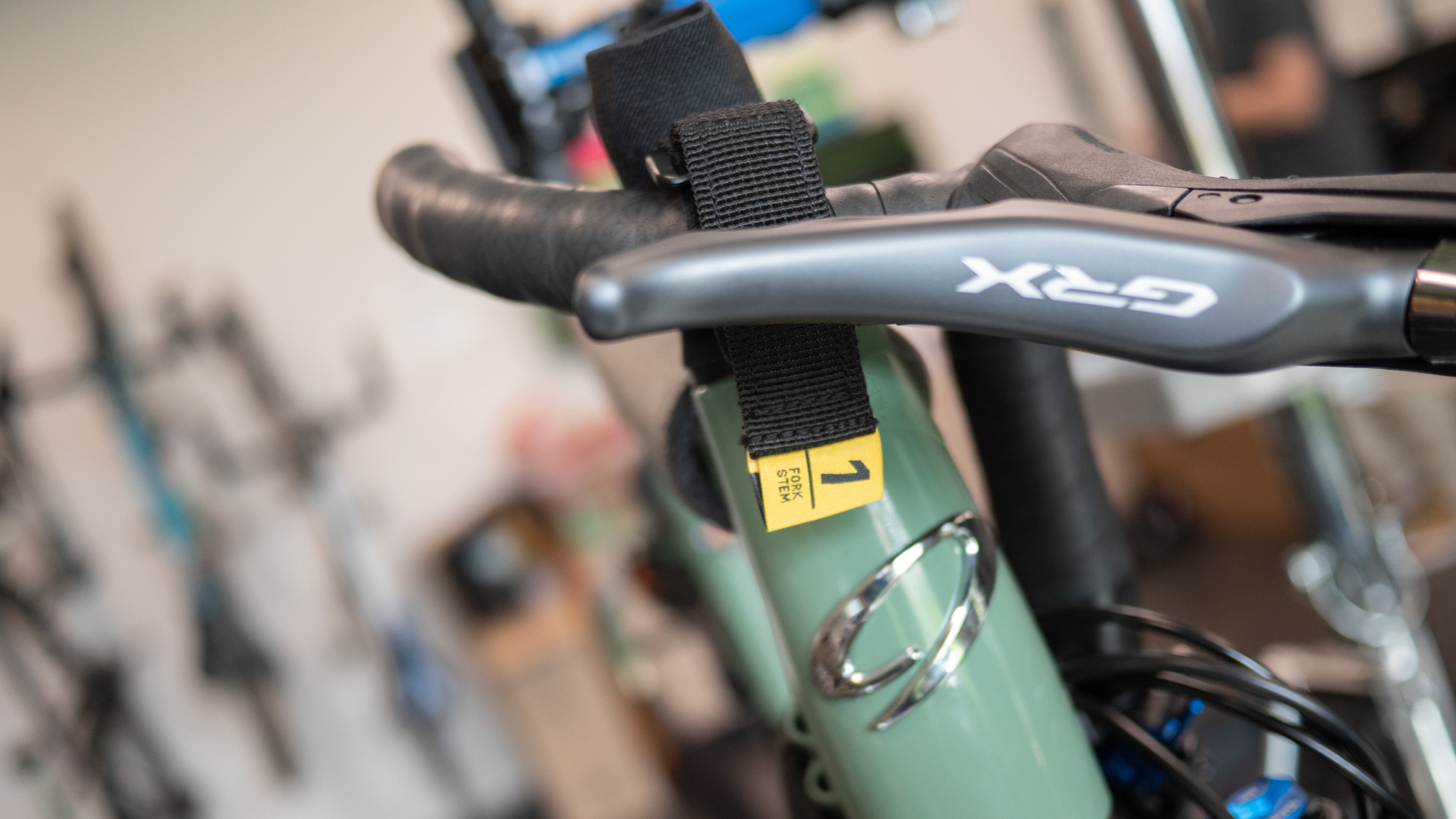
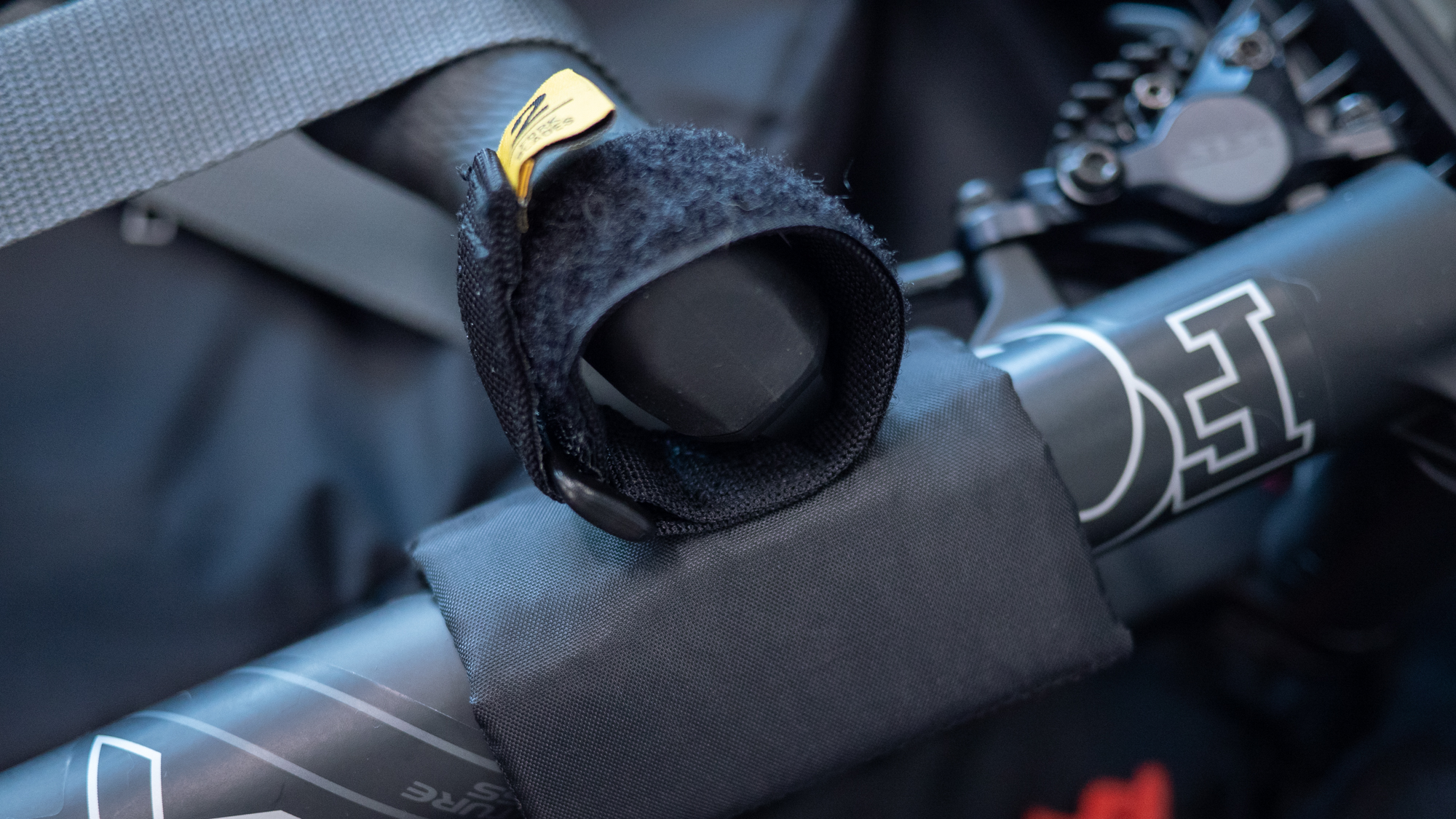
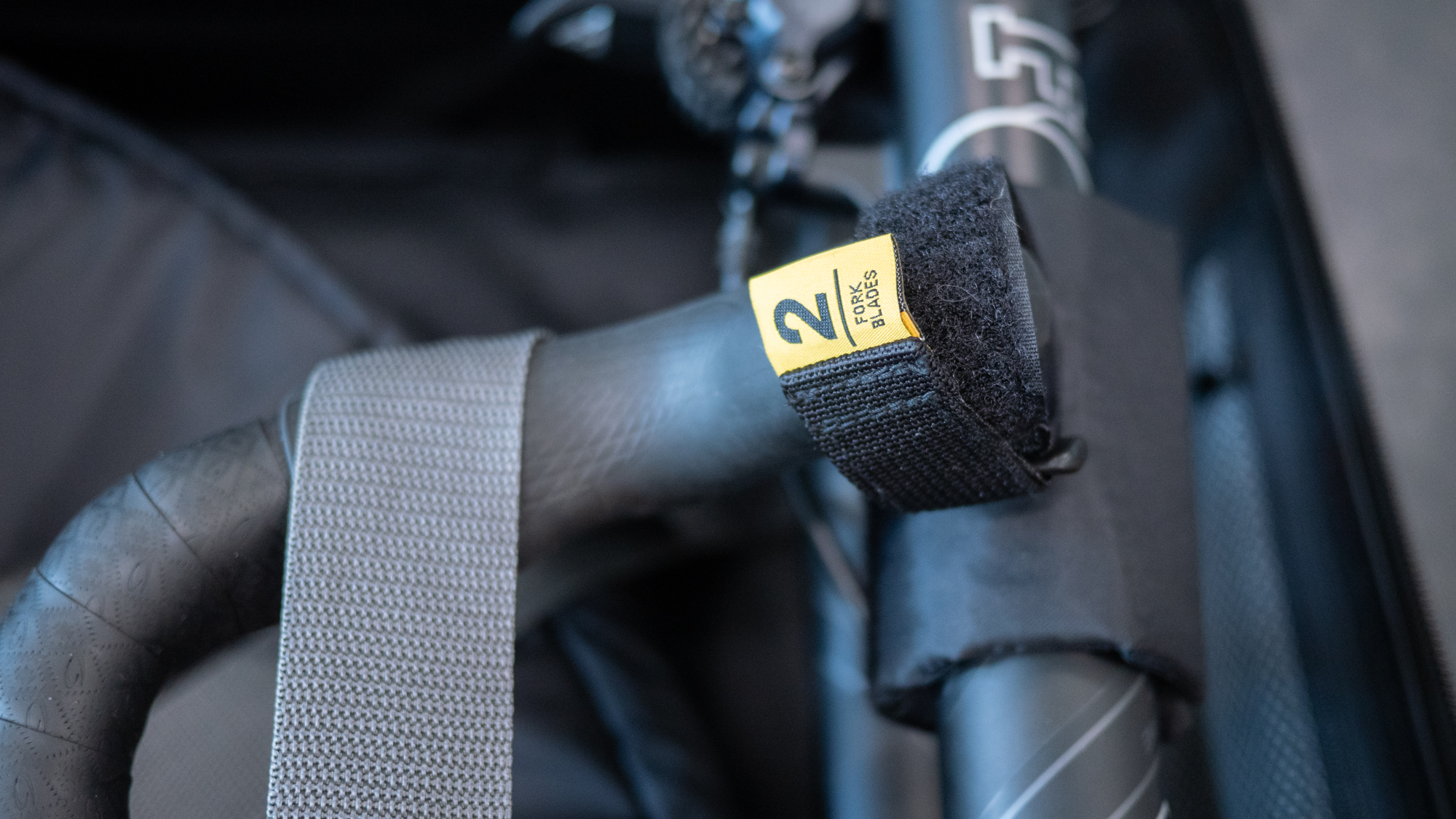
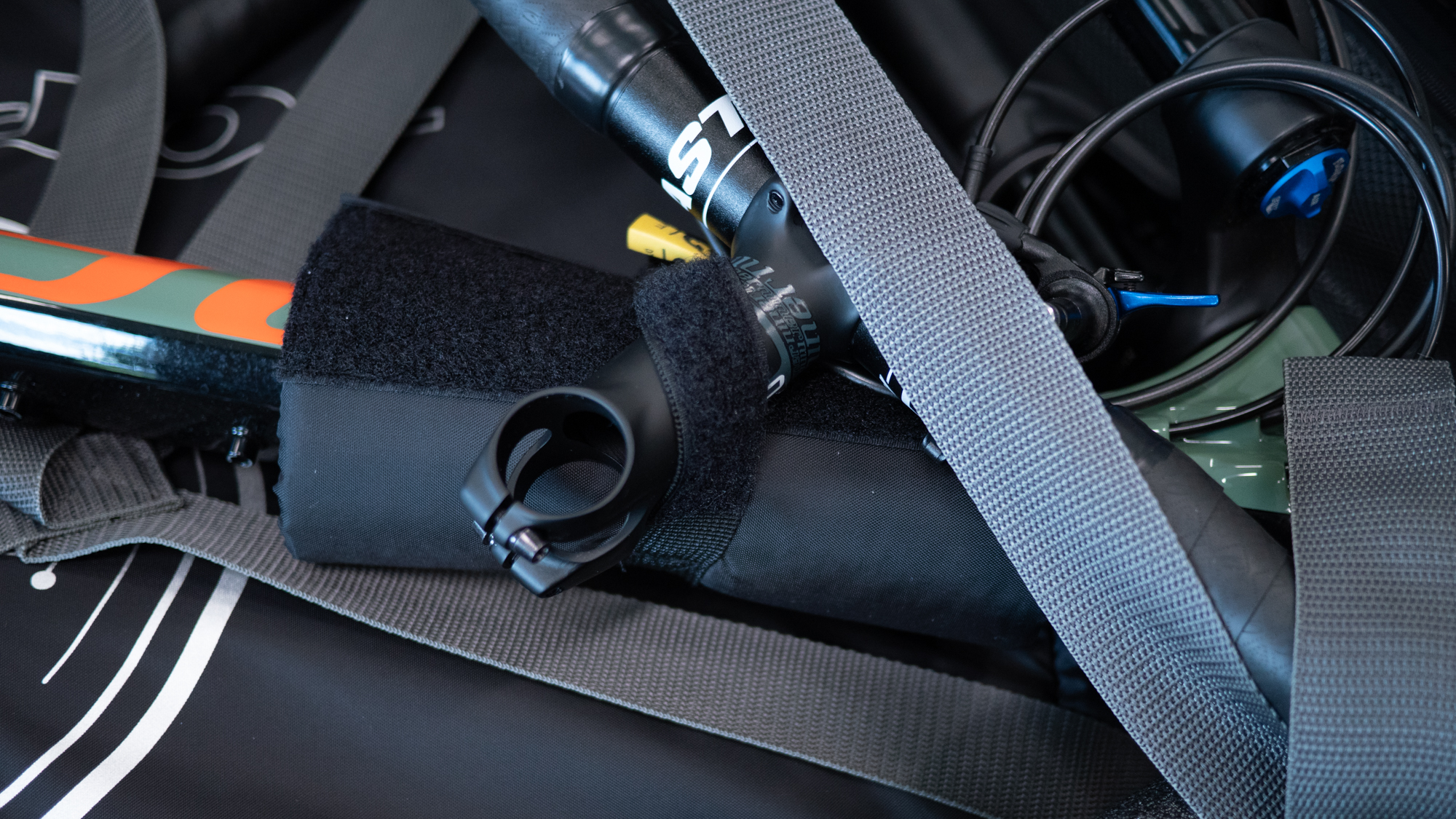
With the front of the bike ready for the case, you'll move back to the drivetrain area. Pedals come off but have to go in loosely so be sensible here and use the long mesh pocket. The rear derailleur also needs to come off just in case, before protecting the chainstsay with the included pad, which also covers the chainrings.
Once you've got the seatpost out with the saddle you're basically there in terms of disassembly, and you've now got a unit secured against a solid base. Place the wheels within the bags, max size 700x40 (but you could potentially go larger if you deflate them), and strap them into the case with one on each side. Pop the frame assembly back in and zip up; you are all set.
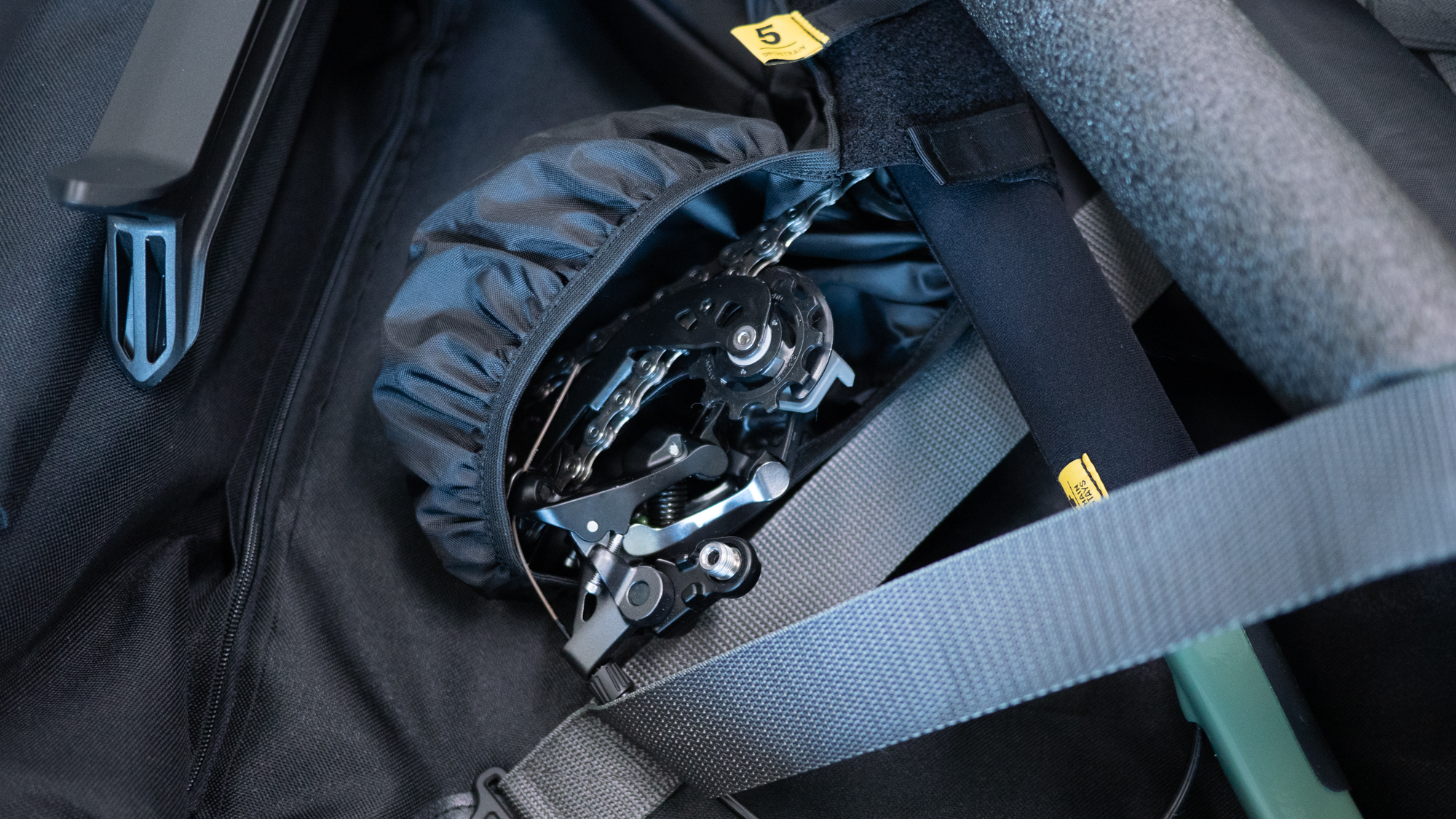
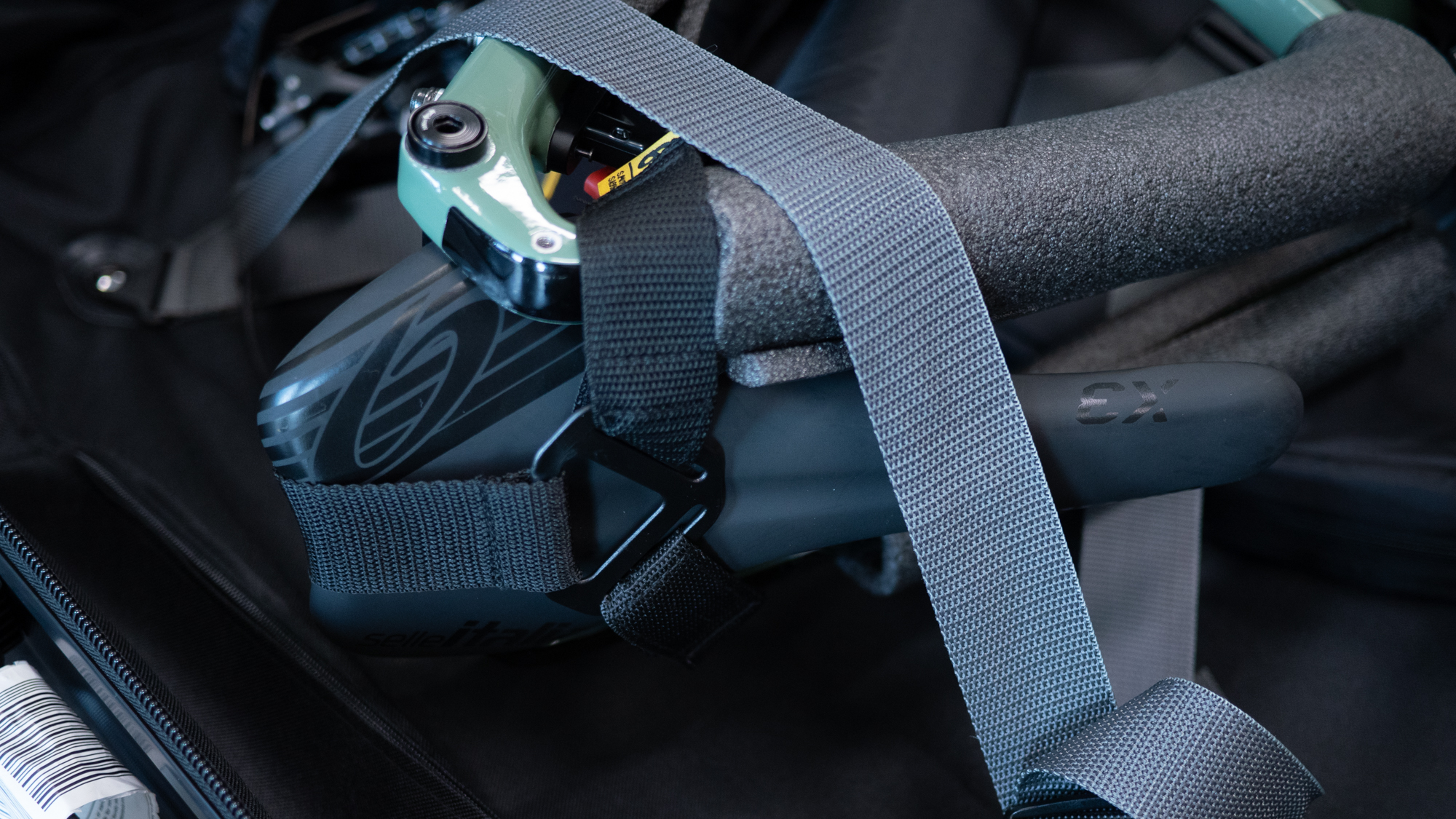
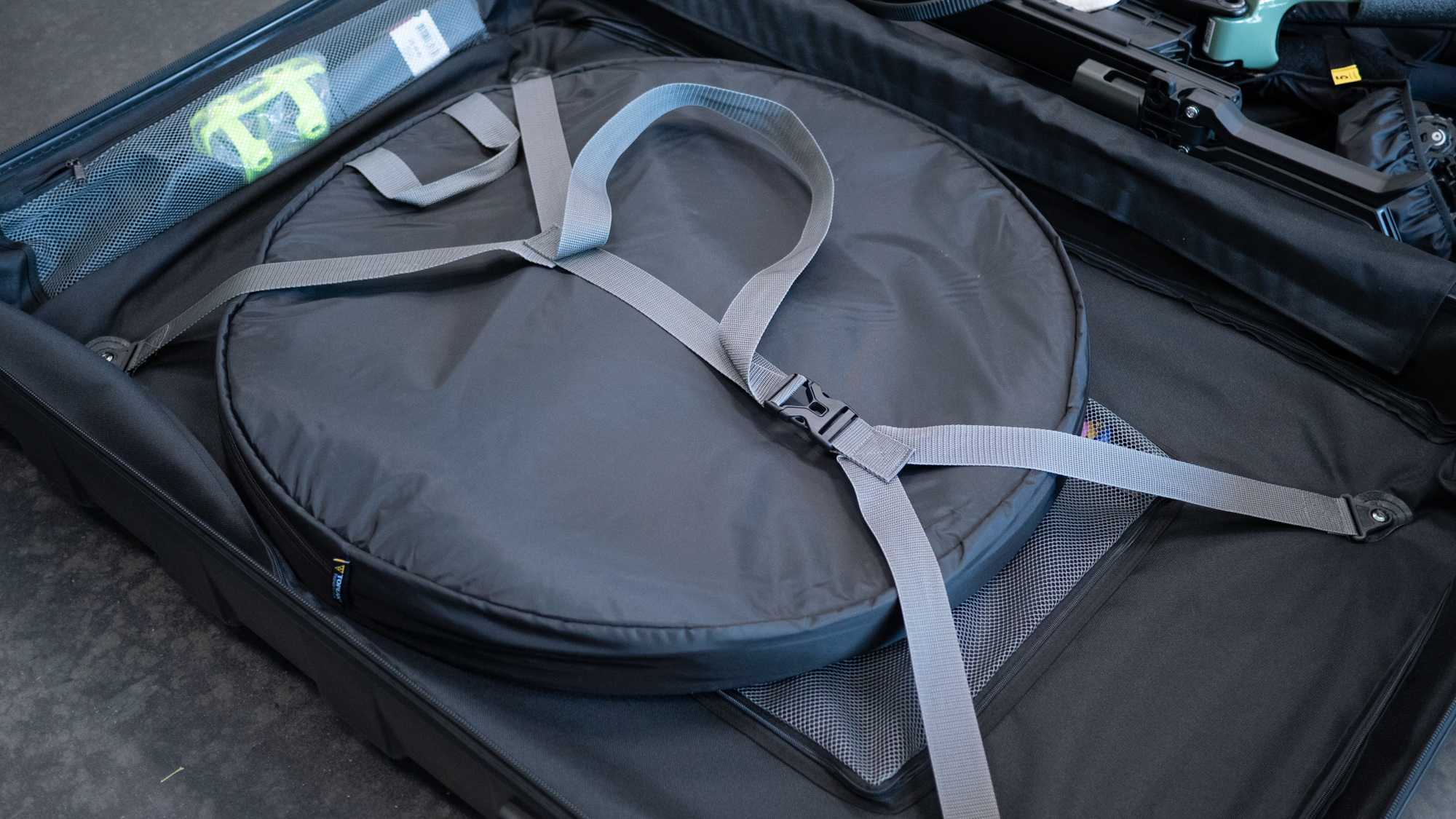
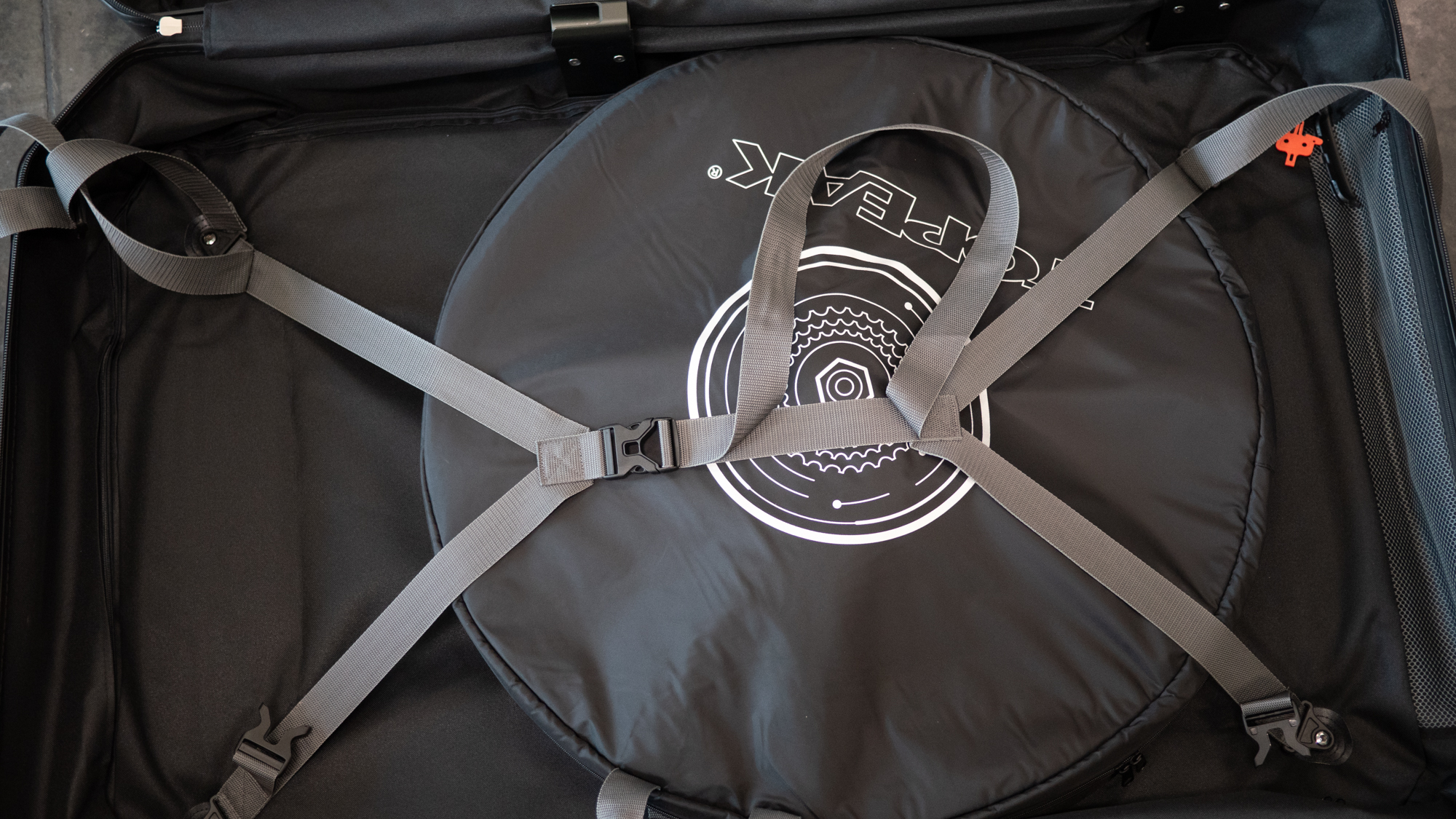
Performance
The first time I packed the bag it took me close to an hour and I spent quite a bit of time checking the instructions as well. As luck would have it, I happened to be travelling with a Niner MCR gravel bike that uses a 15x100 thru axle. It's not supported and it took me a bit of time to realise that while it would be less secure I was able to put the thru axle through the fork mount without an adapter. I also spent time cutting the included foam as protection for various parts of the frame and I initially tried to pack bulky items in the pockets under the wheels.
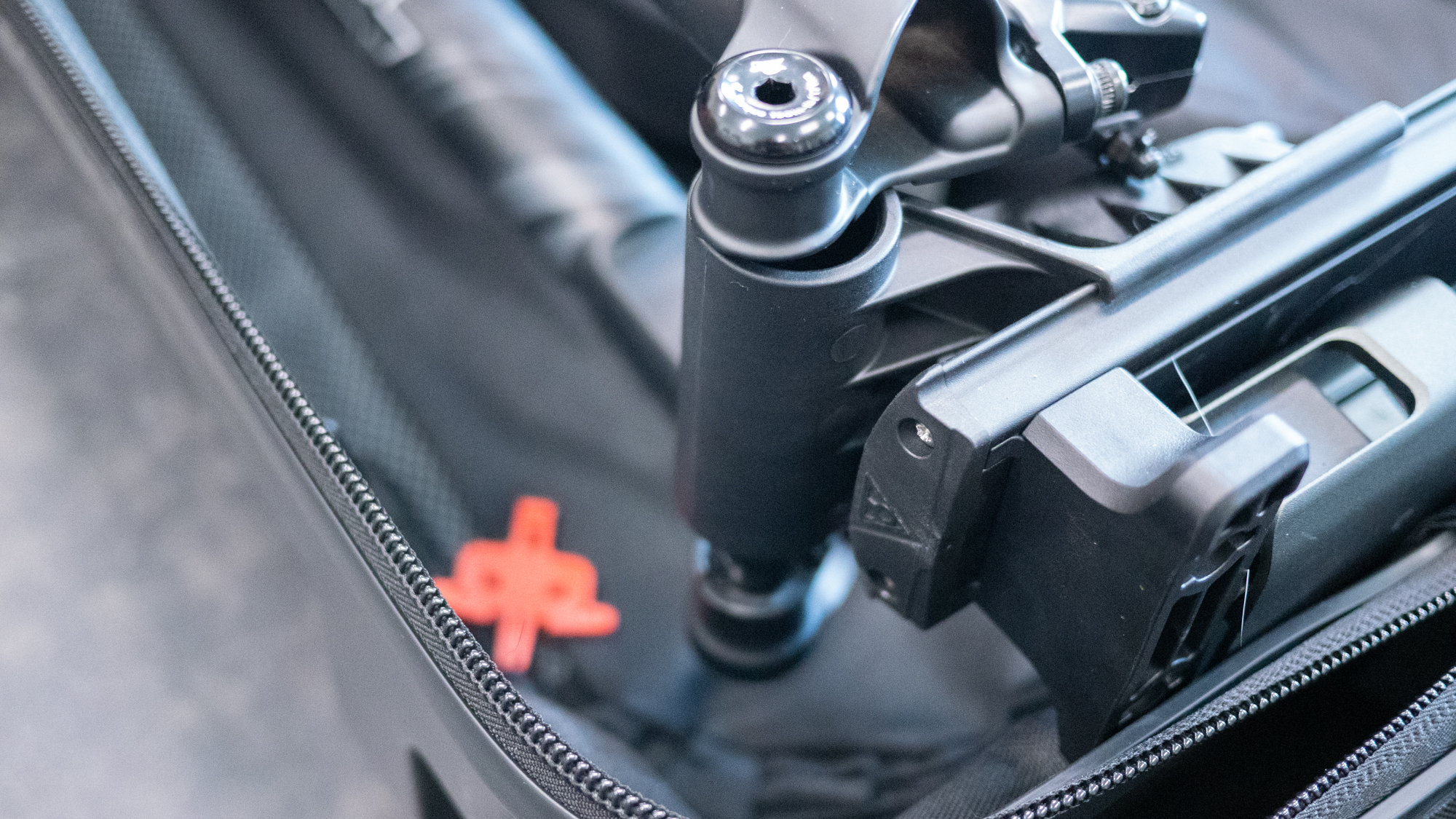
The second time I packed the bike it was closer to a 30-minute project and I did it without the instructions. My preference would have been to have the instructions along for the ride but I managed to leave them at home. They are also available for download as a pdf but the system is intuitive enough not to need it after a trial run. The labelled pads help make sure that you haven't forgotten a piece and what each piece is for.
The one thing that would be helpful for packing is a second mesh pocket against the top of the bag. There are two other pockets under the wheel but nothing in those can have any bulk. That leaves only a small amount of space in the bottom for anything bigger than clothes. Tools, bottle cages, and pedals are going to need to find room in other luggage.
Assembly of the bike is as easy as the packing. You'll want a torque wrench and a set of hex keys but that's it. I'm not much of a bike mechanic but managed perfectly fine.

The rest of the experience with the bag amounted to moving it around and its time within the plane. On the way to the airport, I used an XL rideshare without issue but on the way back circumstances proved that wasn't even necessary. A large car was able to swallow it with the seats down and for the last trip I had the opportunity to test that it will even work across the rear seats of a sedan without issue.
When it's time to move it around an airport, it's a dream. It’s too big for escalators but the wheels work perfectly. There's enough balance to the weight that it rolls as well as any of the nicest luggage I've ever used. Airports are always a best-case scenario for wheeled luggage but it handled paved areas outside, thresholds in the hotel, and carpet just as well.
Perhaps the most important part of the experience is that two flights later, the bike is in the same shape it started. It's a bit dirtier from the ride in between but there's not a scratch on it. On each leg of the journey TSA opened the bag and the second time they left the bike, and stand, floating freely and disconnected from their connection points on the spine of the bag. Despite that, the bike was no worse from wear.
What I did not do was remove the brake rotors. We recommend you do that but the directions for the bag don't mention that so I decided to test it. I can report that while it's not recommended, the hard case exterior, paired with the hidden internal foam, was enough to keep the brake rotors straight and true.
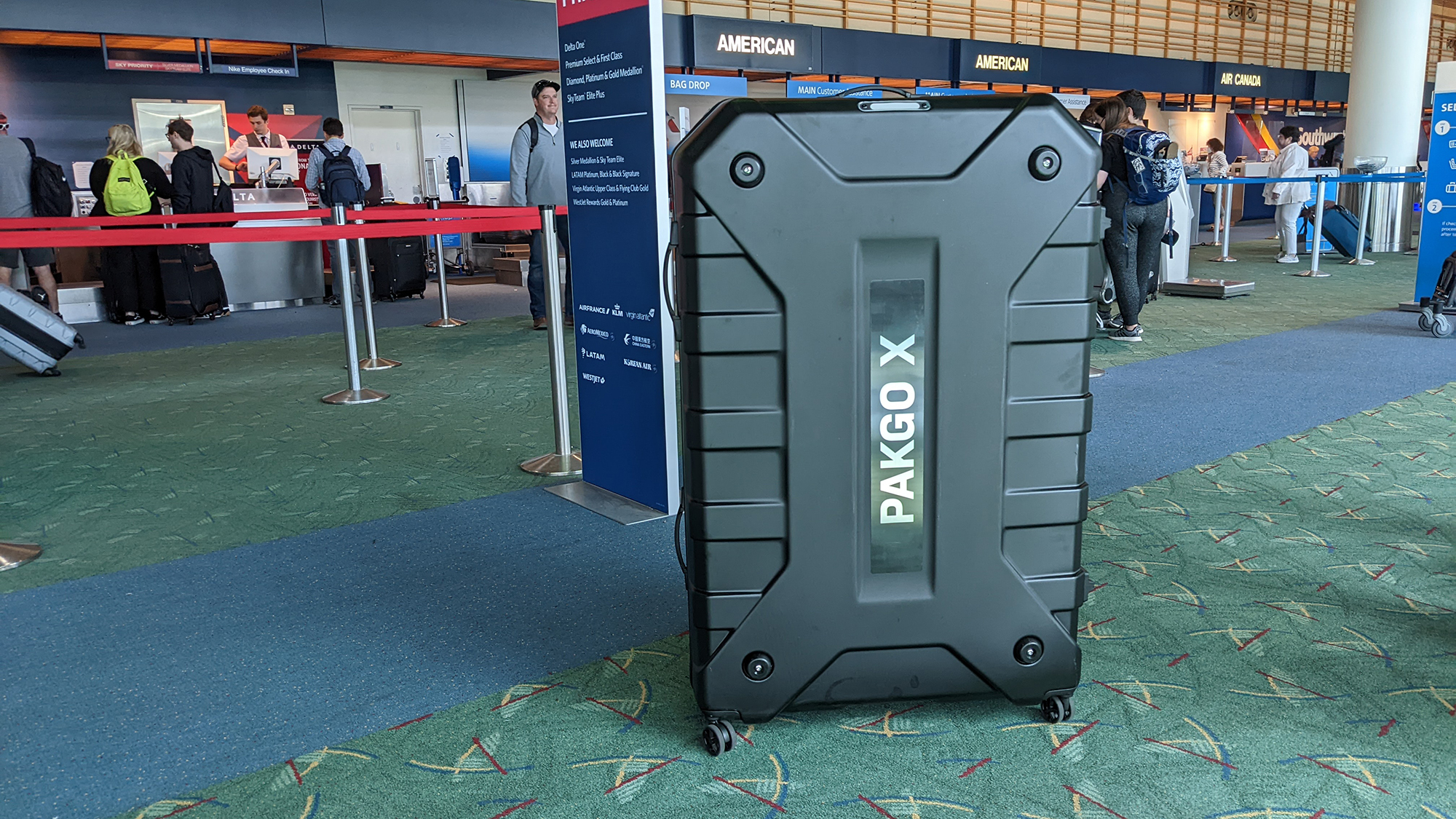
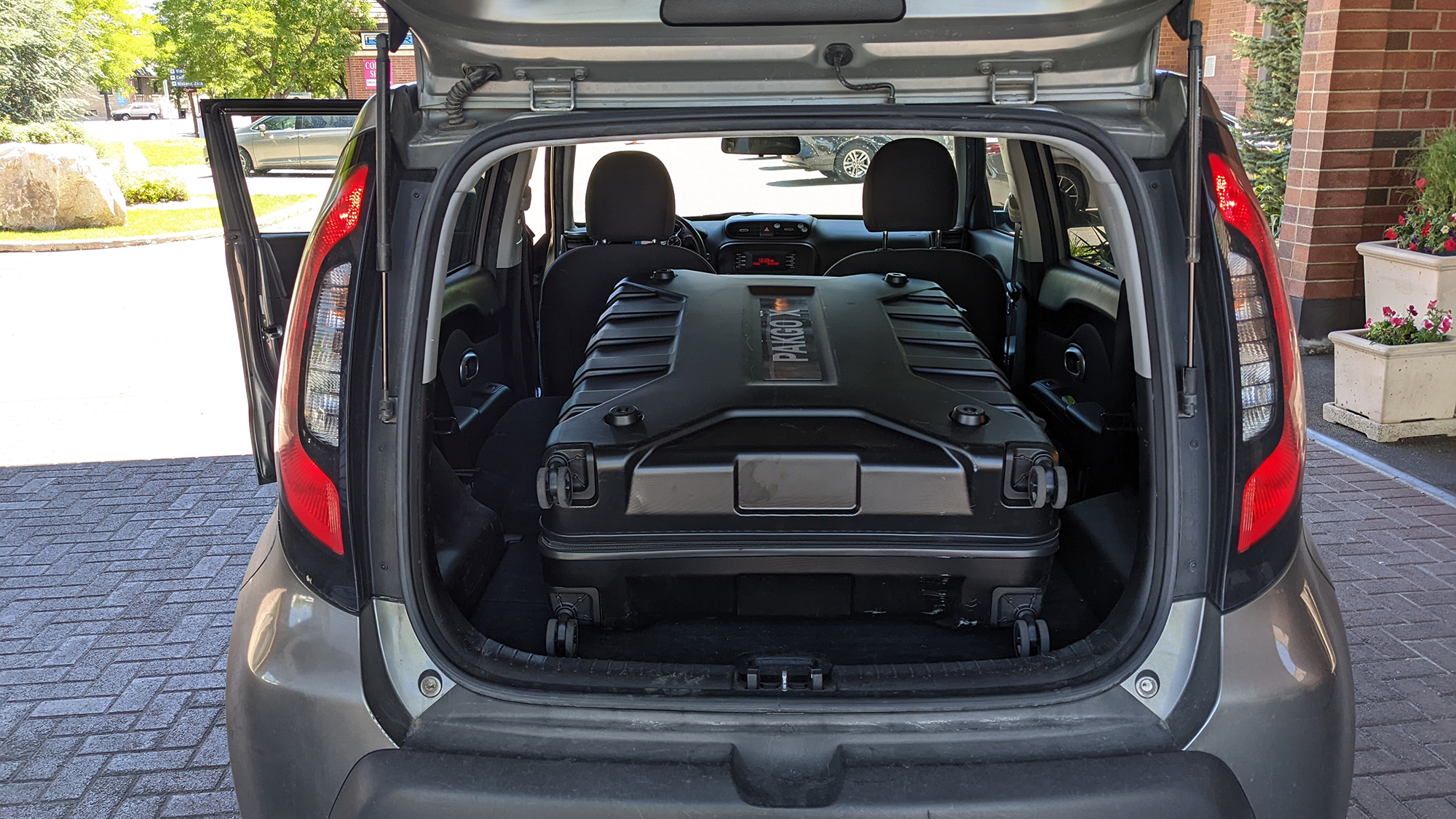
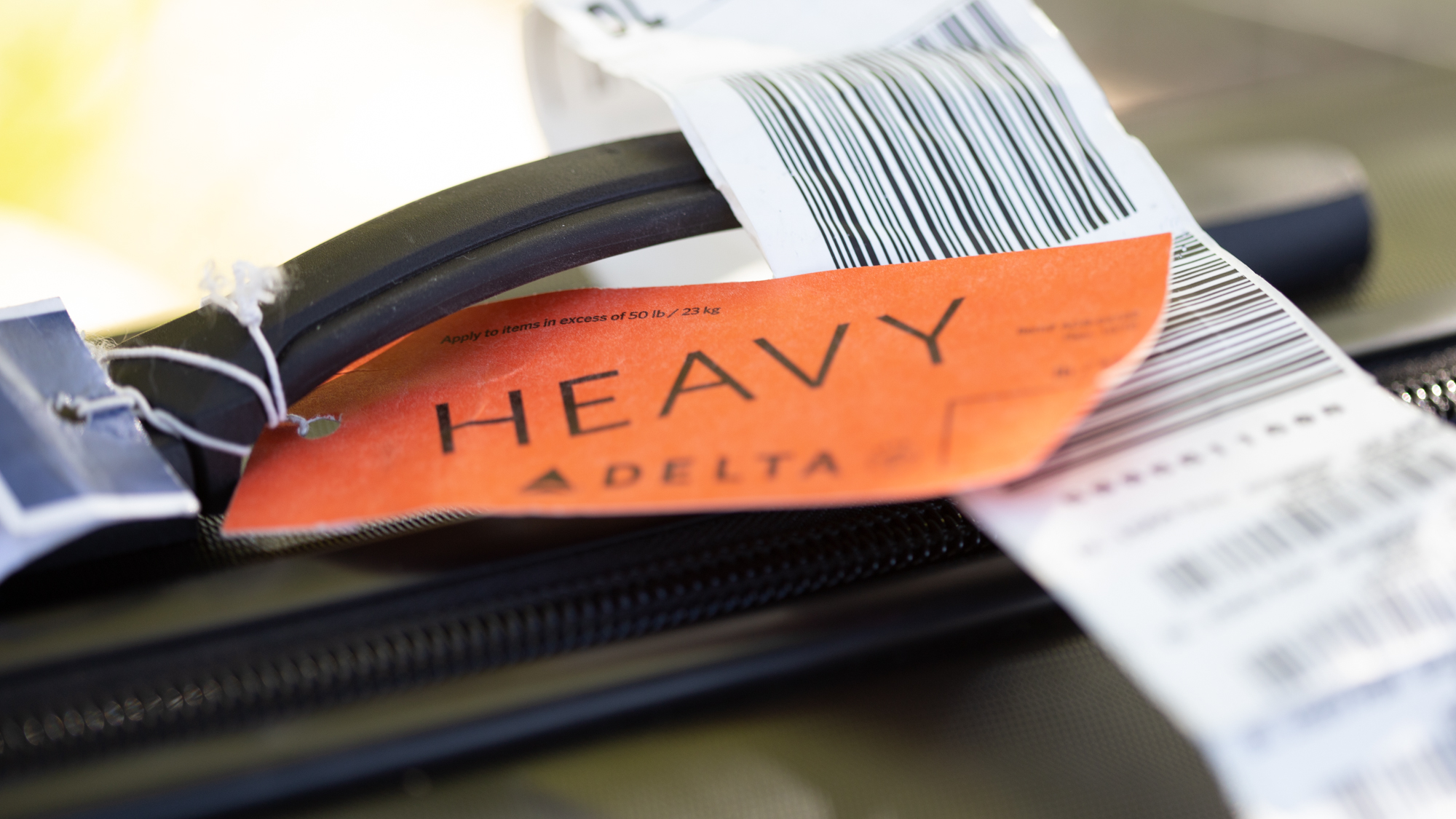
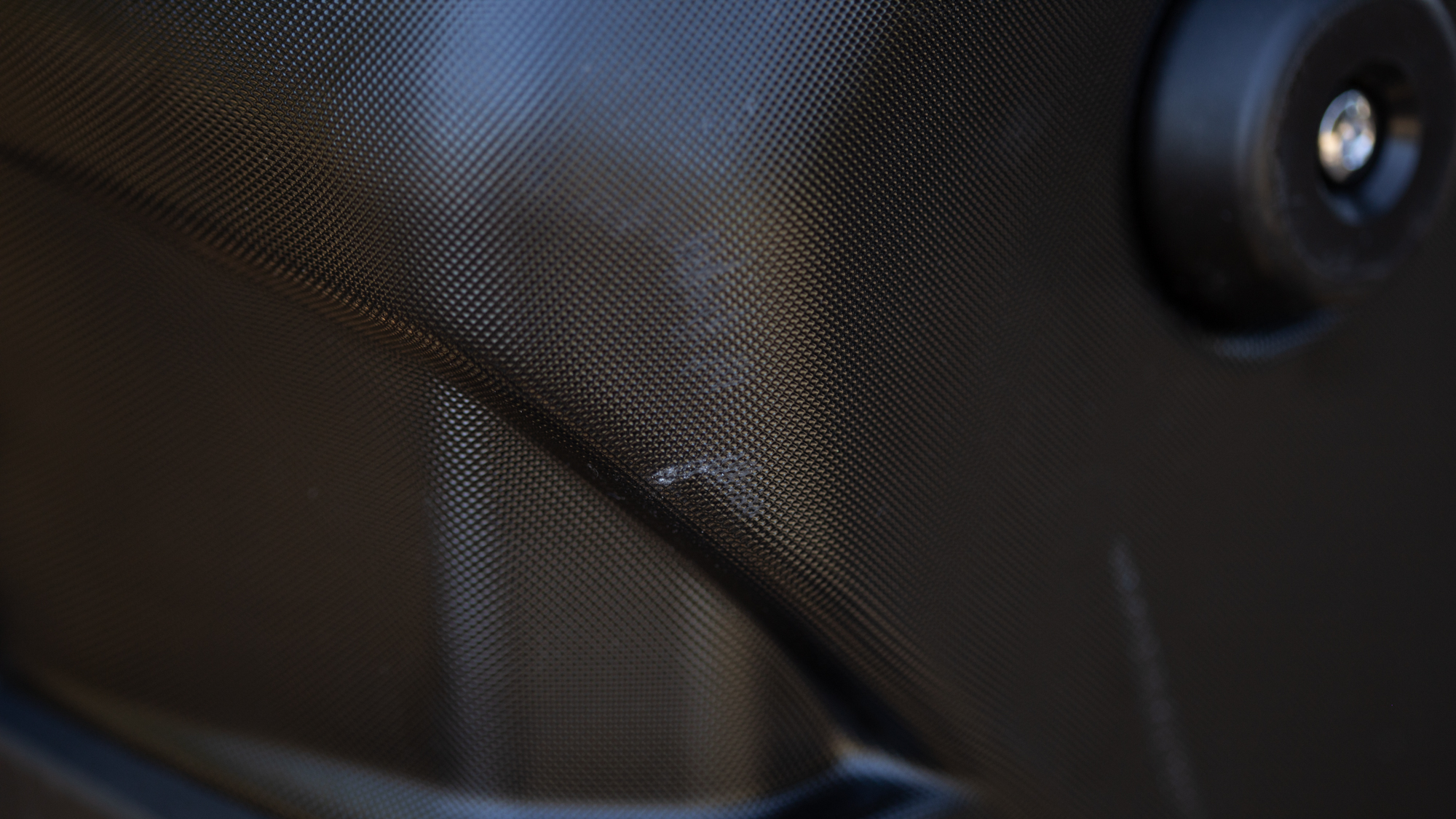
Verdict
It's likely that the most important detail you want to hear is that the bike came through the experience without damage. Most people would put up with a lot if it meant the bike was safe and the Topeak Pakgo X, in my experience, will keep a bike safe. The bag itself didn’t come through totally scratch free but that's air travel for you. Outside of keeping the bike safe, the rest of the bag experience is a good one as well; it’s easy to move around and fits in most cars for transport and addessembly/disassembly isn't onerous. I could do with some more pocket space though.
The one thing to be aware of is the weight. With all of the padding accessories the reported weight comes out to 12.8kg. That doesn't leave a lot of room to spare for the bike while avoiding fees. The Niner MCR is one of the heavier gravel bikes on the market but with a mechanical GRX build and size 54 frame I was roughly 4kg over the weight limit. It's still well within the max weight you can fly but if your bike is heavier, you'll want to plan for a fee.
| Attributes | Notes | Rating |
|---|---|---|
| Rolling ability | An absolute joy. The wheels are excellent. | 10/10 |
| Packing Experience | Numbering the pieces is a small but very helpful detail. | 8/10 |
| Bike Protection | So far it’s got a perfect track record despite the TSA., but there are harder cases on the market | 9/10 |
| Weight | It’s right on the edge of workable. You’ll need a light bike to avoid extra fees. | 5/10 |
| Value | Price is on the higher side but you don't have to worry about your bike in transit. | 8/10 |
| Overall rating | Row 5 - Cell 1 | 80% |
Tech Specs: Topeak Pakgo X Bike Carrier
- Price: Price: £749.99 / $899.99 / €855 / AU$1235
- Capacity: Fits most bikes with wheelbases up to 112 cm / 44”, Not compatible with 27.5” & 29” bikes
- Compatibility: Front: Compatible with QR skewer or 12 mm x 100 mm thru axle (Road bike disc)
- Rear: Compatible with 130 / 135 mm QR skewer or 12mm thru axles
- Size: 127 (H) x 85 (L) x 35 (W) cm / 50” (H) x 33.5” (L) x 13.8” (W)
- Material: 100% Makrolon® polycarbonate shell / Reinforced aluminium internal frame / Internal foam padding
- WEIGHT: 12.8 kg / 28.2 lb (With protective component covers)
Josh hails from the Pacific Northwest of the United States but would prefer riding through the desert than the rain. He will happily talk for hours about the minutiae of cycling tech but also has an understanding that most people just want things to work. He is a road cyclist at heart and doesn't care much if those roads are paved, dirt, or digital. Although he rarely races, if you ask him to ride from sunrise to sunset the answer will be yes. Height: 5'9" Weight: 140 lb. Rides: Salsa Warbird, Cannondale CAAD9, Enve Melee, Look 795 Blade RS, Priority Continuum Onyx
